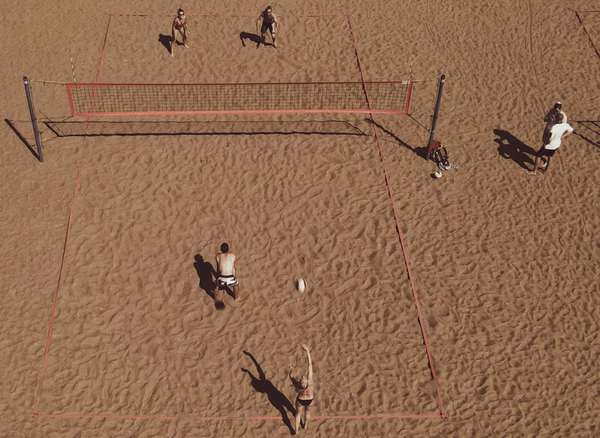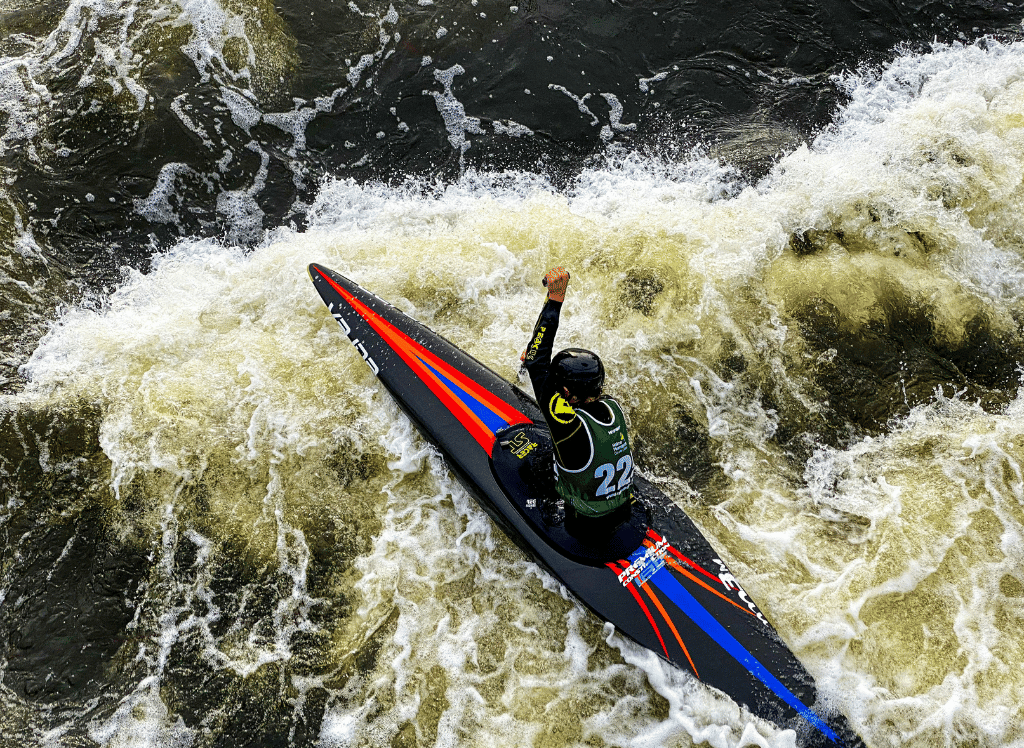Breaking, often known as breakdancing, is set to make its grand entrance onto the Olympic stage at the Paris Olympics. This dance form, which originated in the Bronx in the 1970s, has evolved into a competitive sport that will now be showcased to a global audience. The International Olympic Committee (IOC) has recognized the potential of breaking to captivate younger audiences and bring a fresh, urban vibe to the Games.
The decision to include breaking in the Olympics is a nod to its outstanding success in international competitions like the Red Bull BC One. This event has been a cornerstone for breakers worldwide, featuring one-on-one battles that highlight the dancers' creativity, technique, and personality. With its Olympic debut, breaking is set to reach new heights and gain even more recognition as a legitimate sport.
Roots of Breaking
Breaking's journey from the streets of New York City to the Olympic stage is nothing short of remarkable. It all started at block parties in the Bronx, where DJs' tracks provided the perfect backdrop for dancers to showcase their skills. The Rock Steady Crew, one of the most iconic breaking groups, played a key role in popularizing the dance form and bringing it to mainstream attention.
As breaking gained popularity, it evolved into a competitive sport with its own set of rules and judging criteria. Today, breakers compete in international competitions, demonstrating their prowess in acrobatic movements, stylized footwork, and power moves. The inclusion of breaking in the Olympics is a testament to its growth and the impact it has had on hip hop culture and urban sports.
How Breaking Will Be Judged
In the Olympic breaking competition, dancers, known as b boys and b girls, will face off in spectacular solo battles.
The format is designed to highlight the unique skills and personalities of each breaker, making for an exciting and dynamic competition.
The competition will feature two events: one for b boys and one for b girls. Each event will follow a knockout format, with dancers competing in one-on-one battles until a winner is crowned. This format ensures that only the best of the best will make it to the top, showcasing the highest level of breaking talent on the Olympic stage.
Notable Breakers to Watch
As breaking makes its Olympic debut, several notable breakers are expected to shine. B boy Victor, known for his incredible power moves and dynamic style, is a strong contender. B girl Logistx, with her unique blend of creativity and technique, is another dancer to watch. Both have made a name for themselves in international competitions and are poised to make a big impact at the Olympics.
Other standout breakers include B boy Jeffro and B girl Sunny, both of whom have demonstrated exceptional skill and versatility in their performances. These dancers, along with many others, will bring their A-game to the Olympic stage, making for an unforgettable competition.
The Venue
The breaking competition at the Paris Olympics will take place at the iconic Place de la Concorde. This historic square, located in the heart of Paris, will provide a stunning backdrop for the event. The choice of venue reflects the Olympic Committee's commitment to blending tradition with modernity, creating a unique and memorable experience for both athletes and spectators.
Place de la Concorde is no stranger to hosting major events, and its central location makes it easily accessible for fans. The vibrant atmosphere of the square, combined with the energy of the breaking competition, is sure to create an electric atmosphere that will captivate audiences around the world.
Breaking's Appeal to Younger Audiences
One of the main reasons for including breaking in the Olympics is its appeal to younger audiences. Breaking is a dynamic and visually engaging sport that resonates with young people, many of whom are already familiar with the dance form through social media and popular culture. By bringing breaking to the Olympic stage, the IOC hopes to attract a new generation of fans and participants.
The inclusion of breaking also reflects a broader trend in the Olympics to incorporate urban sports that are popular among younger demographics. Sports like BMX freestyle and sport climbing have already made their mark, and breaking is set to follow in their footsteps, bringing a fresh and exciting dimension to the Games.
The Road to the Olympics
To earn a spot in the Olympic breaking competition, dancers must first compete in a series of qualifying events. These events, known as the Olympic Qualifier Series, will take place in various locations around the world. Breakers will have the opportunity to showcase their skills and earn points based on their performance, with the top dancers securing a place in the Olympic Games.
The qualifying events will feature the same format as the Olympic competition, with one-on-one battles judged on creativity, technique, variety, and musicality. This ensures that only the best dancers make it to the Olympics, guaranteeing a high level of competition and excitement.
Breaking's Impact on the Olympic Movement
The inclusion of breaking in the Olympics is a significant milestone for both the sport and the Olympic movement. It represents a shift towards embracing new and diverse sports that reflect the interests and passions of today's youth. Breaking's presence in the Olympics will not only elevate the sport but also inspire a new generation of dancers and athletes.
Breaking's impact extends beyond the competition itself. It brings a unique cultural element to the Olympics, highlighting the rich history and influence of hip hop culture. This cultural exchange enriches the Olympic experience, fostering greater understanding and appreciation among athletes and fans from different backgrounds.
The Future of Breaking in the Olympics
As breaking makes its Olympic debut, the future looks great for this dynamic sport. The exposure and recognition gained from the Olympics will undoubtedly boost the sport's popularity and encourage more young people to take up breaking. This, in turn, will lead to the development of new talent and the continued evolution of the dance form.
The success of breaking in the Olympics could also pave the way for other urban sports to be included in future Games. As the Olympic movement continues to evolve, there is a growing recognition of the importance of staying relevant and engaging with younger audiences. Breaking's inclusion is a step in this direction, and its impact will be felt for years to come.
Olympic Breaking FAQs
Browse through our frequently asked questions to learn more about this new Olympic sport.
What is breaking in Olympic sports?
Breaking, also known as breakdancing, is a dance form that originated in the Bronx in the 1970s. It involves acrobatic movements, stylized footwork, and power moves, and is often performed to hip hop music.
How will breaking be judged in the Olympics?
Breaking will be judged by a panel of nine judges who will evaluate the dancers on creativity, technique, variety, and musicality. The competition will feature one-on-one battles, with dancers competing in knockout rounds until a winner is crowned.
Why was breaking included in the Olympics?
Breaking was included in the Olympics to attract younger audiences and bring a fresh, urban vibe to the Games. Its dynamic and visually engaging nature makes it a perfect fit for the Olympic stage, and its inclusion reflects the Olympic Committee's commitment to embracing new and diverse sports.
Summary
Breaking's inclusion in the Paris Olympics marks a significant milestone for the sport and the Olympic movement. From its roots in the Bronx to the grand stage of Place de la Concorde, breaking has come a long way. The competition will feature the world's best b boys and b girls, showcasing their creativity, technique, and personality in spectacular solo battles. With its appeal to younger audiences and its rich cultural heritage, breaking is set to make a lasting impact on the Olympics and inspire a new generation of dancers and fans.









